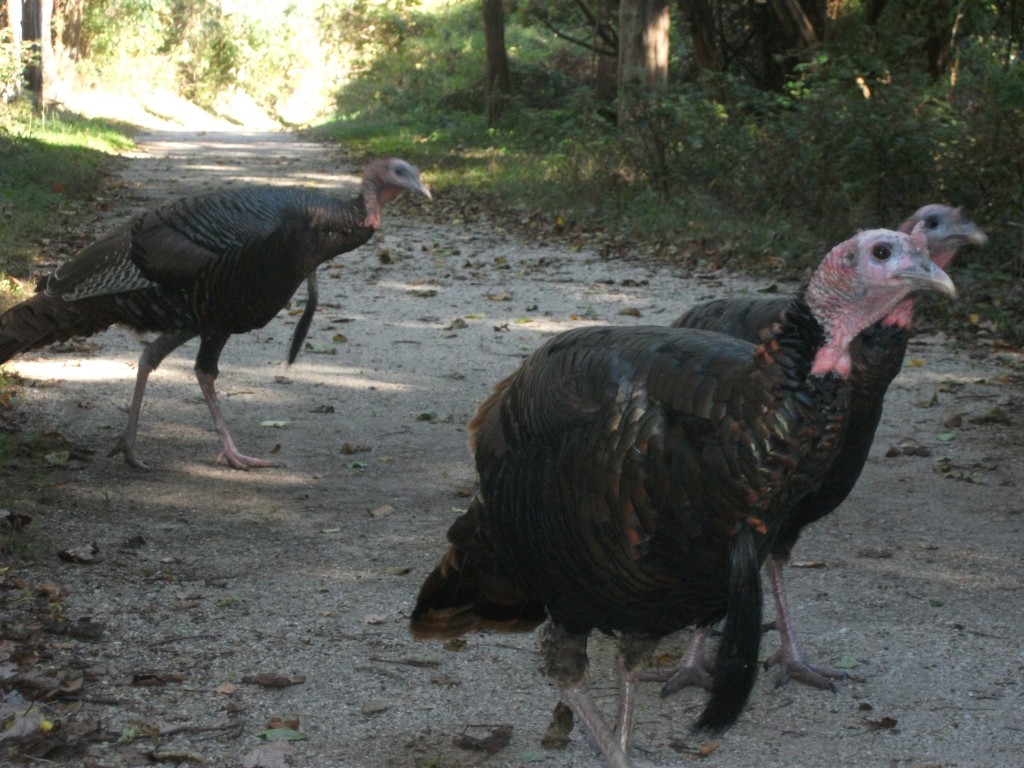Gobble Gobble – Did you know turkeys are native to long island and a natural method of tick control?
Spreading everything from Lyme disease to Rocky Mountain Spotted Fever, ticks are a big problem out east. Spraying large parts of land can kill other animals living in the sprayed area and release toxic chemicals into the ground water supply. Enter (or waddle): the turkey. Turkeys are native to the wooded parts of Long Island. Like ticks, they are forest-dwelling which is probably how they developed a taste for ticks. Ticks are a normal part of a wild turkey’s diet.
Wild turkey’s actually went extinct on long island in the 19th century due to the over clearing of forests – the turkey’s home. They were re-introduced in the 90s and have now reached a population estimated at several thousand. The reintroduction was initiated to: “help restore the Island’s natural habitat that existed before forests were cleared for colonial farms and firewood”. (http://www.nytimes.com/2001/11/25/nyregion/wild-turkeys-stage-comeback-on-island.html?pagewanted=all). After eating acorns, beechnuts and hickory nuts they walk around to different places and poop out remaining seeds and otherwise help fertilize the land. By transporting seeds in such a way (because they cannot move on their own) and by providing native and fertile soil turkeys help with the life cycle of forests.
The tick population, by contrast, has grown exponentially especially this past year. And New York state and Suffolk County specifically have some of the highest rates of Lyme Disease in the country. My childhood dog died from Rocky Mountain Spotted Fever contracted from a tick and my mother had Lyme disease. Anyone who grew up out east understands what a huge problem ticks are and I have never heard of one single thing they contribute to the environment. So what can be done to eliminate or control ticks?
The current practice (which is infinitely better than the previous practice of spraying DDT from crop dusters) is to spray a defined area manually with some other insecticide. Contractors who even claim to have a “green” solution are few and far between. Wouldn’t encouraging a predator of the tick make the most sense? Especially one that is not invasive, is native, helps fertilize soil and is so strange looking it makes you laugh? I mean look again at the cover photo…
Using turkeys as tick control would allow other animals, like dune toads or any other creatures sharing an environment with ticks to continue to live. Turkeys already have been re-introduced in Suffolk County. Their presence confers numerous other benefits. Let’s re-examine our wild turkey population and how keeping turkeys, especially on wooded properties, potentially as pets? might be used as a better and more natural tick control method.

This Post Has 0 Comments